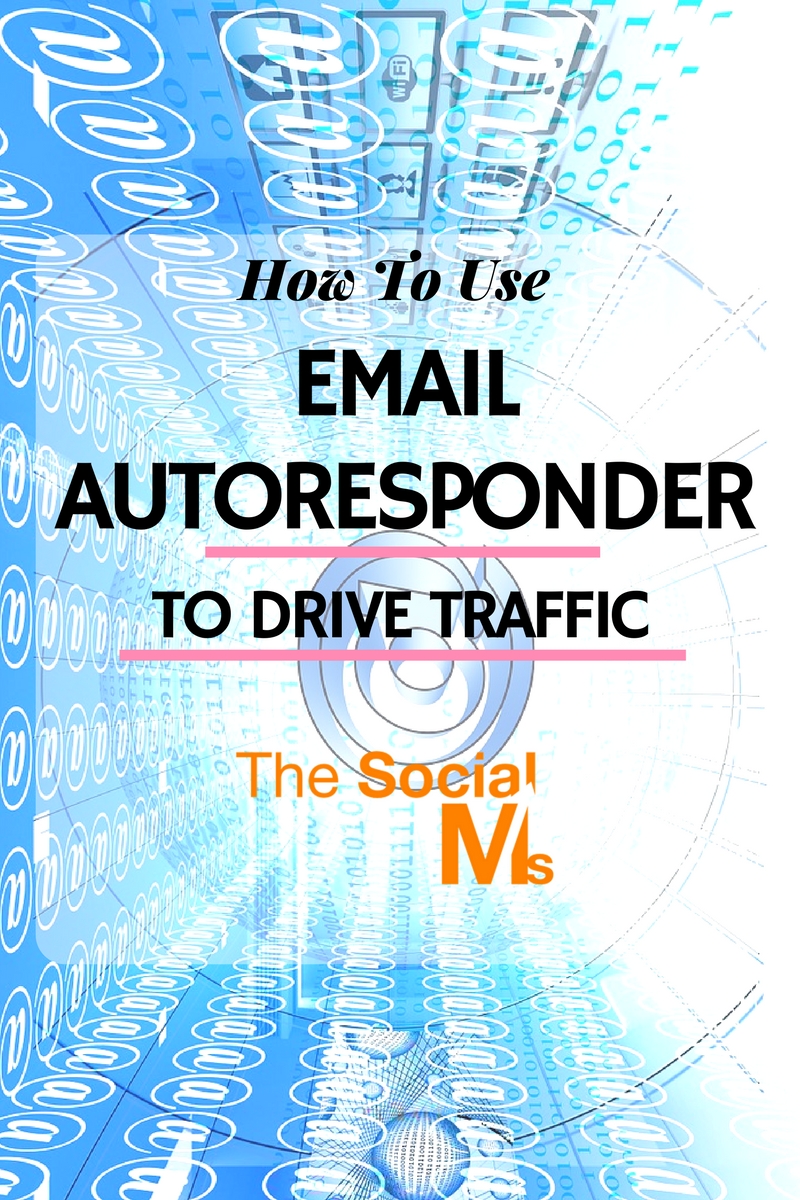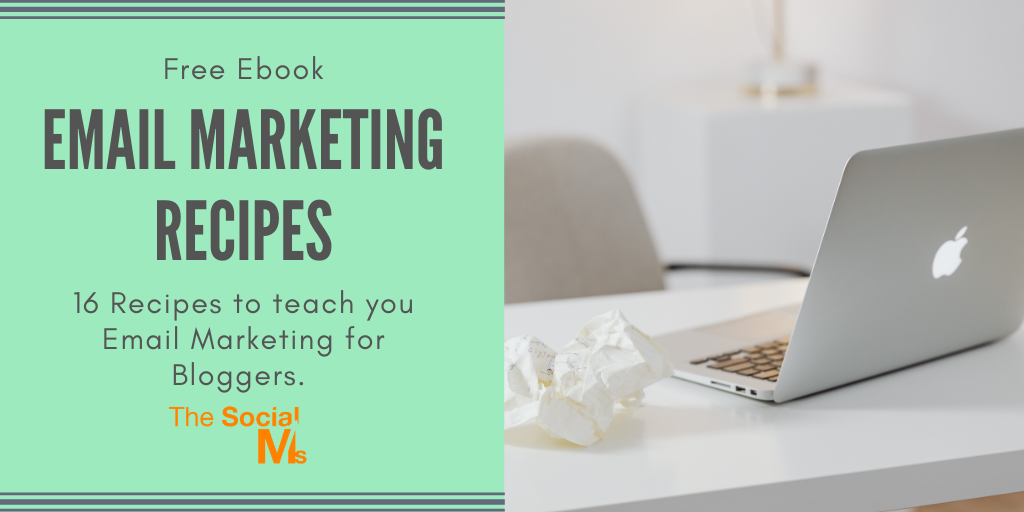The following is a guest post by Marry McAleavey. Marry McAleavey is a cake lover, inveterate traveller, and reader. Working as a content creator at the essay service is one of her passions.
Email autoresponders are priceless systems for email marketing that allow you to send pre-written emails to your contacts. You can let people know when they’ve left something in their shopping carts, set up workflows for sending targeted messages, and more. Your email autoresponder will only be beneficial, though, if you learn precisely what to write in order to generate the right kind of traffic to your website and landing pages.
The Right Way to Welcome New List Subscribers
Welcoming new subscribers to your list with a nice “thank you” is crucial. There is a right way as well as an outdated way to do this. Here are the differences.
The outdated way to welcome new email subscribers is old and useless. It’s an inbox message that basically includes a wordy message of gratitude with your name at the bottom. This is what the web consumers of the last decade have grown accustomed to.
Before you read on - we have various resources that show you exactly how to use social networks to gain massive traffic and leads. For instance, check out the following:
FREE Step-by-Step Twitter Marketing GuideFREE Pinterest Marketing Ebook
It might say something like this:
“Thank you for subscribing! We hope to bring you a ton of valuable advice. Look forward to our future blog posts and specials.
Please verify your subscription here.
Yours Truly
John H. Smith
CEO of Company ABC”
This format has been used a million times, and now it’s basically invisible. This kind of generic email will get deleted instantly without ever directing traffic to your website or views to your external content. People are numb to it.
The right way to say thank you to a new list member is to give them a tangible gift that they can redeem on one of your website’s pages. It serves as a reminder of your gratitude and can help improve your traffic. Be clear, this is not the same free ebook that you used to entice your reader to sign up in the first place. It should be a bonus that the subscriber never expected.
The content that you use is going to change from niche to niche, so choose your reward wisely. The goal here is to start building a relationship with your reader, whether they click through your CTA or not.
Hey, before you read on - we have in various FREE in-depth guides on similar topics that you can download. For this post, check out:
FREE workbook: CREATE AWESOME BLOG POSTSFREE Beginner's Guide: START A BLOG
Email is just one small part of any content marketing strategy. Before you ever send out a single email, you should have an idea what your target audience wants, along with some buyer personas to build from. So, making the assumption that you have this ready, figure out how you can touch on some of your targets’ pain points.
Try using the following types of content to serve as a bonus in your introductory email:
- Your blog post with the highest traffic
- An infographic packed with helpful information
- Link to a quiz that provides the reader with valuable professional insight
- A discount code for your products and services
It’s Your Job to Find Out What Readers Truly Want
After you’ve invited your reader to a fresh content piece or included a coupon code to use on your website, try asking what the reader wants. You can’t learn everything from someone else’s research, so try doing your own. It’s really easy and super helpful – for you and your readers – to just ask.
When asking what a reader wants, be pretty specific. You can’t just say, “What would you like to read about?” Be more specific: “We plan on helping you find out more about social media marketing, content creation, and landing page forms. When it comes to these things, what are your biggest challenges? We want to feature the best solutions in an upcoming post.”
Readers love when you interact with them as a real person. Even if you’re sending the same message to everyone, including questions like this creates a very personalized feeling. So, what you get is a great first impression (the best start for a new relationship).
When asking personalized messages, make sure that the replies will be sent to a real person who is ready and willing to follow-up. If a reader responds to a question with a series of pain points, and nobody is there to listen, the relationship will be immediately discredited. But, if you follow-up and follow through with your promise of posting about the issues on your blog, this is email relationship-building gold.
What’s the Secret to Personalization?
Not only should you be using smart fields that insert your reader’s name and even the name of their company, but you need to play close consideration to who you’re talking to at an even deeper level. You need to know whether this is a customer, a lead, or a new contact. At each stage of the sales process, readers will need to receive different subject matter.
So, your lists need to be segmented. You want at least 3 lists, in the beginning of any email marketing plan: 1. Contacts, 2. Leads, 3. Customers. Build relationships with customers by introducing them to new content and offers. Send leads to your landing pages. Direct customers to new and promotional products and services. After your list is built out, you can segment even further, and start breaking people up by profession or allowing them to subscribe to different topics.
If you’re not already using a CRM platform, try one of these to track readers:
Elements to Use in Every Autoresponder Message
Whether you are running a promo, delivering training modules, nurturing new customer relationships, or something else, this is what you should incorporate into every autoresponder message.
1. The Name of Your Recipient
When you use your reader’s real name in an email message, you instantly make them feel included. Your automation platform should have an easy way to embed a shortcode anywhere you want to include a first name. The only real job you have here is to make sure that subscribers are required to give you their name when they sign up. If your autoresponder doesn’t always use the recipient’s name, change that now.
2. A Valuable, Personalized Message
Once you know where your reader is in the sales process, you can reflect that in your messages. Just like you need a name for personalization, you also need to be extremely relevant. Know what problem(s) you are solving for the reader, and how much they already know. Then, deliver a message that has a high potential to resonate. Readers who don’t even know they want to buy from you don’t need to be asked to buy. Only after you’ve introduced them to the problem that your products and services can solve should you be talking about yourself.
3. A CTA That Links to Your Content
In your email autoresponder, you should have a few links, but one specific call to action (CTA). All external links should point to something that is in alignment with that CTA. Without clicks, there is no traffic. Without specific direction, there are no clicks. The content you link to, the message you send, and the CTA you use should be super-relevant to your reader.
When you execute your CTA, you should be asking readers to take a specific action. Some people will use “click here,” but action words like “read,” “shop,” “see,” or “find out,” will be more relevant, depending on the content you’re linking to. Pair one these with a word or pair of words that creates a sense of urgency (ex: “now,” “today,” or “this”) and you will have an A+ call to action.
4. Contact Information for a Real Person
A real person can be you, it can be the company CEO, or it can be a customer service rep – it doesn’t really matter. What matters is that an email recipient sees that there is a real face behind the message they are receiving. Most of the time, the won’t really call. Still, that information should be included in your autoresponder emails, just in case. You want to seem available in the eyes of your readers because business is built upon relationships.
Conclusion
One of the most helpful tools you will ever use in marketing is your autoresponder. Make sure you’re writing it properly. Say “thank you” to new subscribers with an unexpected reward for signing up. Find out exactly what your readers want, and follow through on giving them just that. Provide a sense of personalization in your messages with list segmentation and relevant messages. Include the four above elements in each autoresponder message. This is the recipe for guaranteed conversion.
Note from The SocialMS: For all of the above, you need the right email marketing tool. The Email Marketing Software we are currently using is ConvertKit – and we have no intention of switching it. We tried a couple of tools and ConvertKit was the one we stuck with. It provides the best functionality, is easy to use and provides a ton of support and ressources.
Do you want to start your email marketing? Do you need some help with the basics of list building and newsletter best practices?
Get our free ebook “Email Marketing Recipes” – and get email marketing tips that will help you start your email marketing the better way.



